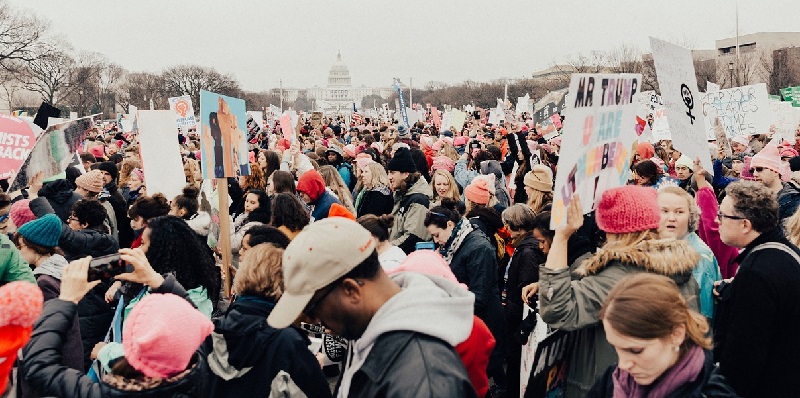Strikes have long been an effective tool for workers to collectively voice their concerns and fight for their rights. They are a critical aspect of labour rights and are protected under various laws and regulations. In this article, we will explore the different types of strikes and the protections afforded to workers engaging in collective action. Additionally, we will discuss the potential employment consequences and financial impact that workers may face when participating in strikes.
For a strike to be considered protected, it must be viewed as a collective action, representing the unified voice of workers demanding change. When workers participate in such strikes, their rights are typically safeguarded under relevant labor laws.
Workers covered by the Railway Labor Act have the right to strike, but they face numerous obstacles and procedures before they can exercise this right. This Act establishes stricter regulations to ensure that the integrity of essential transportation services is maintained during labor disputes.
Unlike most workers, police officers and firefighters are typically prohibited from going on strike due to the essential nature of their jobs. This is a protective measure to ensure public safety and security. However, alternative forms of collective bargaining may be available to these workers.
The National Labour Relations Act (NLRA) ensures that workers cannot be fired or discriminated against for participating in a strike protected under the Act. This provision offers crucial job security to workers who exercise their collective rights.
Economic strikers, who strike over economic issues rather than unfair labor practices, can be permanently replaced by their employer. If the employer hires someone else to perform the strikers’ job, the strikers may not be reinstated once the strike ends.
To minimize the impact of strikes, strikers must be offered any positions vacated by their replacements before the employer hires new workers. This measure helps protect strikers from being permanently displaced by replacement workers.
If workers go on strike because of unfair labor practices committed by their employer, they may have the right to reinstatement once the strike is over. This protection ensures that workers are not penalized for opposing illegal or unjust actions.
One of the primary consequences of going on strike is the loss of wages. During the strike period, workers may face financial challenges and must rely on strike funds, savings, or support from labor unions to meet their financial obligations.
Strikers often face difficulties with healthcare coverage during strikes. The loss of employer-provided health insurance can be a significant burden for workers and their families. Exploring alternative options, such as COBRA, government assistance, or union-supported programs, becomes crucial during these times.
While most states do not provide unemployment benefits to striking workers, two states, namely New York and New Jersey, offer some level of coverage. This provides partial economic support to strikers during their period of unemployment.
Striking has proven to be an effective means for workers to fight for their rights. Understanding the protections and consequences involved in strikes is crucial for both workers and employers. This article has explored the various types of strikes, the legal protections under the NLRA, potential employment consequences, and the financial impacts faced by striking workers. By recognizing the importance of strikes as collective action and advocating for improved labor rights, we can strive for a fair and equitable working environment for all.

